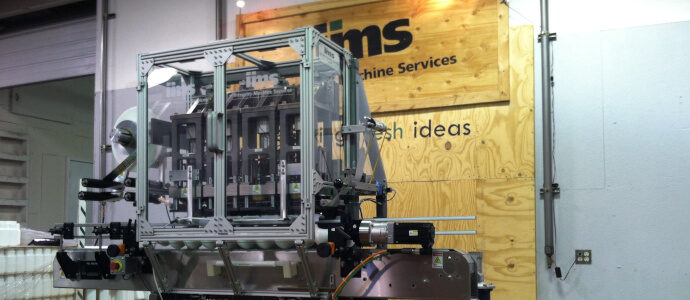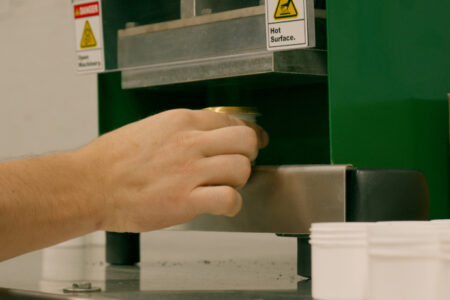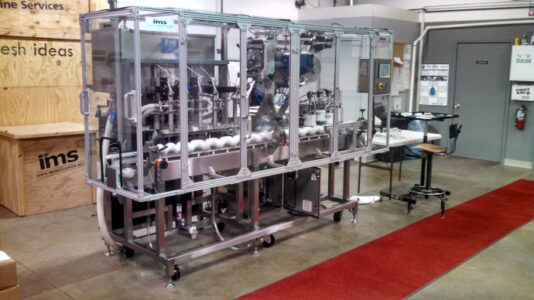
Conduction Versus Induction in Sealing Machines
In a world where product quality and safety are paramount, businesses need reliable packaging solutions to ensure their goods remain fresh and well-protected. Conduction and induction sealing are two popular methods that help achieve this goal, but each comes with its own set of advantages and considerations.
In this blog, we’ll delve into the world of conduction and induction sealing machines, providing an in-depth look at how they work and the factors to consider when choosing the right option for your packaging needs. With over 30 years of experience in the industry, we’re here to guide you through the decision-making process and provide tailored sealing solutions for your business.
Conduction Sealing – A Closer Look
Conduction sealing works by bringing the sealing machine into direct contact with the container’s seal.
This process involves using a heated sealing bar or plate to warm up the sealing material, often a foil laminate, until it softens or melts. This creates a strong, airtight bond with the container’s rim. Conduction sealing is a popular choice for sealing a variety of products like food, pharmaceuticals, and cosmetics, as it forms a secure seal that keeps contents safe from contamination and helps extend their shelf life.
A key advantage of conduction sealing lies in its energy efficiency and speed. Because the heat is applied directly to the seal, the process takes less time than induction sealing. Plus, conduction sealing machines are generally more budget-friendly than induction machines, making them a great choice for businesses looking to save on costs.
Induction Sealing – A Closer Look
On the flip side, induction sealing works a bit differently, as it doesn’t need to touch the container’s seal directly.
It relies on an electromagnetic field created by an induction coil to heat the sealing material. As a container with a foil-lined closure moves through this electromagnetic field, the inner layer of the foil heats up, causing the sealant to melt and form a strong bond with the container’s rim. This no-contact sealing approach is favored in industries like food, beverages, and pharmaceuticals because it offers a tamper-proof seal that stops leaks and keeps products fresh.
The main advantage of induction sealing is its precision and consistency. Since the sealing process does not rely on direct contact, the risk of damage to the container or the product is significantly reduced. Additionally, induction sealing machines can accommodate a wide range of container sizes and shapes, offering greater flexibility to businesses with diverse packaging needs.
Conduction vs Induction – Making the Right Choice
When choosing between conduction and induction sealing machines, it is essential to consider factors such as the type of product, container material, production speed, and budget. While conduction sealing machines may be more affordable and energy-efficient, they may not be suitable for certain container types or materials that are sensitive to heat or pressure. Induction sealing machines, although generally more expensive, offer a higher level of precision and versatility in terms of container compatibility and size.
Integrity Machine Services – Your Partner in Sealing Solutions
Integrity Machine Services, a family-owned and operated business with over 30 years of experience in the packaging industry, specializes in building custom sealing machines, including conduction and induction sealers. Our team of experts will help you determine the most suitable sealing solution for your specific requirements, ensuring optimal efficiency and product protection. We also provide after-sale service and parts, ensuring that your investment in our sealing machines is backed by a reliable support system. Contact us today to get started!


